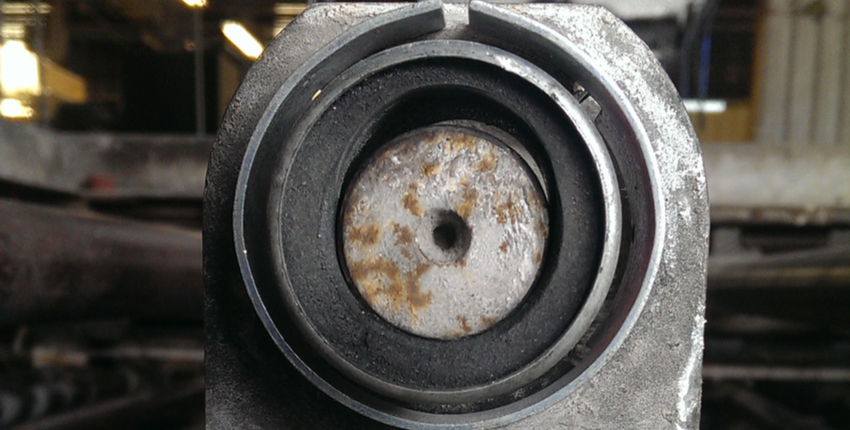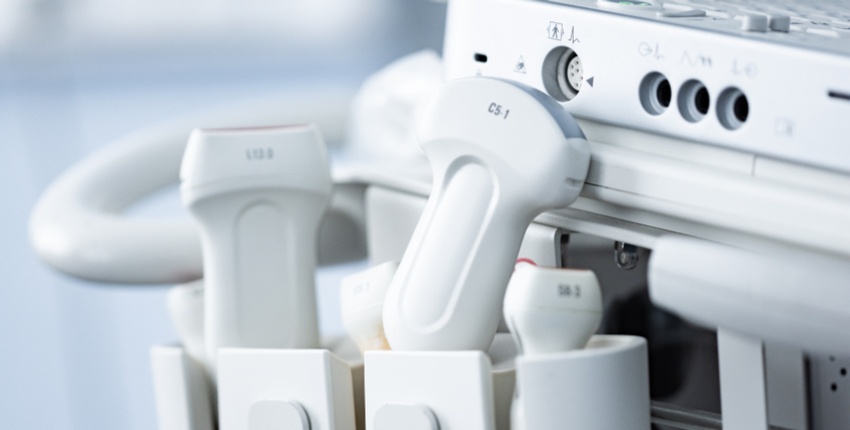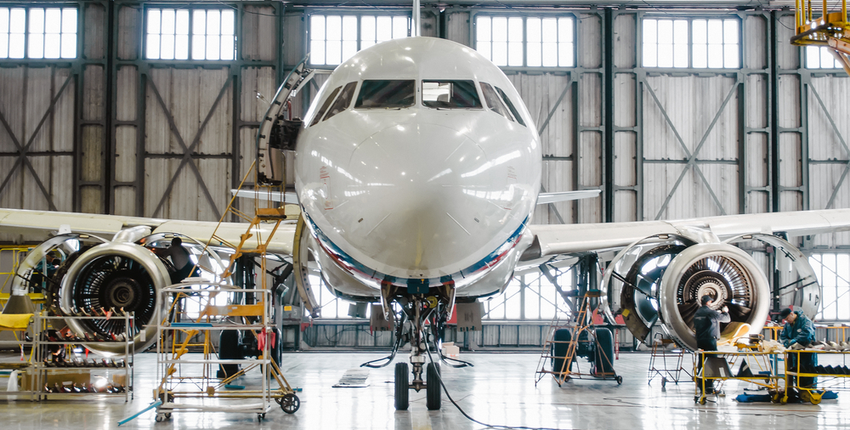How Clean Drinking Water Reaches Our Homes: 3 Benefits of Using Carbon Graphite System Parts
Behind the convenience of having clean drinking water at your fingertips almost instantaneously when you turn on a faucet, there is a complex system at work.








